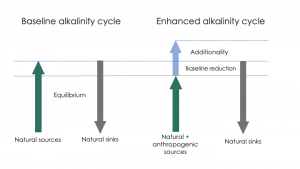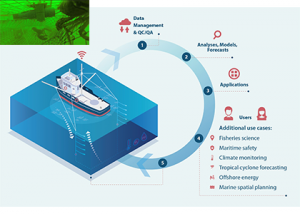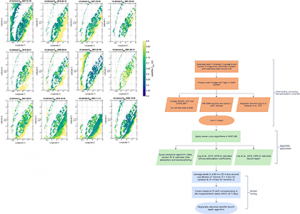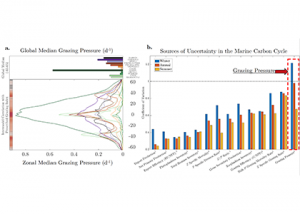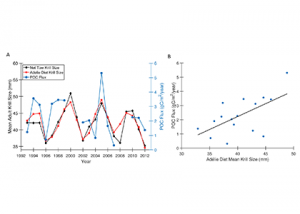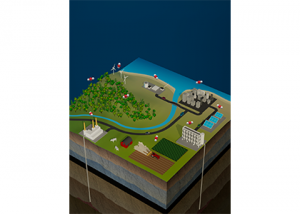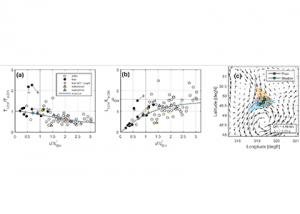If you would like to have your recent publications featured on the OCB website please contact ocb_news@whoi.edu. View our guidelines for writing a New OCB Research post.
With an increasingly wide variety of technology and innovations, from buoys to satellites, we now understand the open ocea n better than ever. Yet, existing technologies cannot cost-effectively provide accurate, up-to-date data on coastal and shelf ocean environments, especially beneath the surface. These dynamic regions impact billions of people in profound and varied ways. As described […]
Read MoreTo maintain marine ecosystem health and human well-being, it is important to understand coastal water quality changes. Water clarity is a key component of water quality, which can be measured in situ by tools such as Secchi disks or by satellites with high spatial and temporal coverage. Coastal environments pose unique challenges to remote sensing, […]
Read MoreThe ocean is the most important sink of anthropogenic emissions and is being considered as a medium to manipulate to draw down even more. Essential in the ocean’s role as a natural carbon-sponge is the net production of organic matter by phytoplankton, some of which sinks and is stored for 100s-1000s of years. Successfully simulating […]
Read MoreDespite the importance of particulate organic carbon (POC) export on carbon sequestration and marine ecology, there have been few multi-decade studies in the world’s oceans. A new analysis published in Nature analyzed two decades of POC export data in the West Antarctic Peninsula and found that export oscillates on a 5-year cycle. Using a unique […]
Read MoreCarbon dioxide removal (CDR) is “unavoidable” in efforts to limit end-of-century warming to below 1.5 °C. This is because some greenhouse gas emissions sources—non-CO2 from agriculture, and CO2 from shipping, aviation, and industrial processes—will be difficult to avoid, requiring CDR to offset their climate impacts. Policymakers are interested in a wide variety of ways to draw […]
Read MorePhytoplankton are small, drifting photosynthetic organisms that form the base of marine food webs and play an important role in carbon and nutrient cycling. Analyses of how they vary in space and time (through variables like the concentration of pigment chlorophyll-a, a proxy for their biomass) are therefore important. Because phytoplankton drift with ocean currents, […]
Read MoreNet primary productivity is a central metric in ocean biogeochemistry that is costly and time-consuming to estimate using traditional water sampling methods. As a result, it is difficult to detect large-scale trends in ocean productivity. While satellite remote-sensing has partially solved this issue, its observations are limited to the top 10 to 40 m of […]
Read MoreWhen we collect seawater in any point of the ocean, we are collecting a mix of water masses from different origin that traveled until there keeping their salinity and temperature properties. The Atlantic Ocean is likely the most complex basin in term of water masses containing more than 15 in its depths. Some of them […]
Read More

